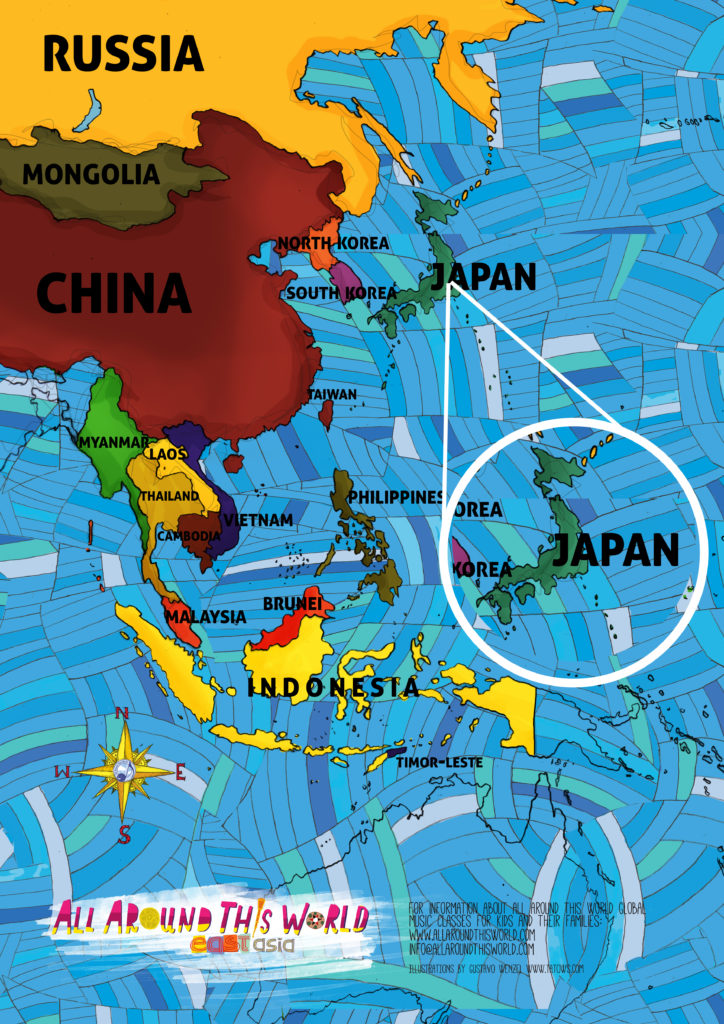Rather than say Sayonara to this season of songs from East and Southeast Asia, we acknowledge recent research finding that 70% of people in Japan rarely or never use the phrase to say goodbye. Instead of Sayonara, let’s say, “Otsukaresama desu,” which means, “You must be tired, thank you for your work!” Other new favorites, according to JapanToday, are:
— Ja ne. (See ya)
— Mata ne/kondo/ashita/raishuu. (See you later/next time/tomorrow/next week)
— Shitsurei shimasu. (I’m sorry for having been rude – on ending a phone call, leaving work, etc.)
— Osaki ni shitsurei shimasu. (I’m sorry for rudely leaving before you [at work])
— Gokigenyou. (Fare thee well – if you want to sound fancy)
— Bai bai. (If you want to sound cute)
Bai bai, music of East and Southeast Asia!


